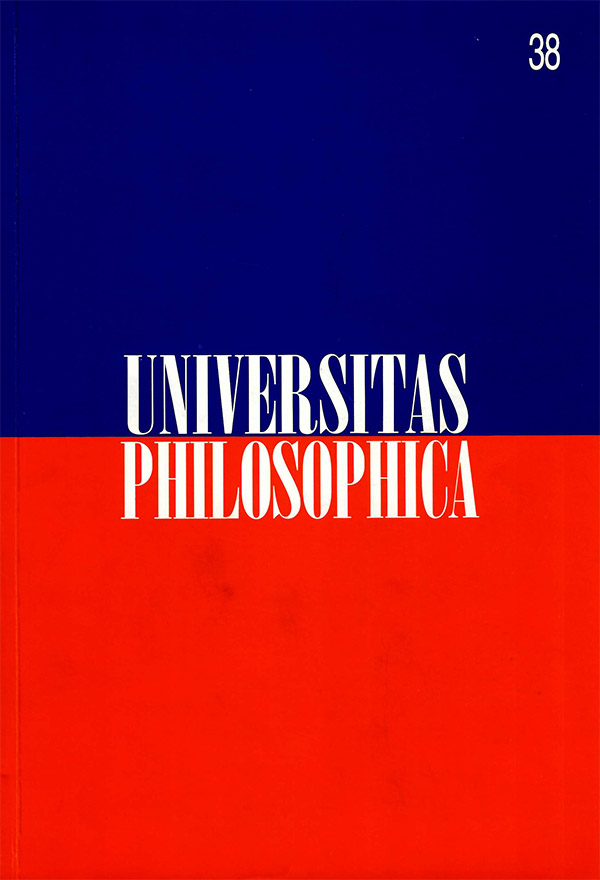Abstract
The following paper is intended to discern modem elements from other elements that would not be modern anymore; whether these last ones are accurately Post Modern or not is a matter of great difficulty, and the purpose of this contribution is to merely pose the problem. In a former work we have tried to establish the keys of Modernity; our present purpose is to distinguish among certain elements which are strictly consequences of principles around which Modernity is co-jointed, and other elements that mean a certain breaking-off from such principies and, therefore, may allow us to speak about a Post Modernity.This journal is registered under a Creative Commons Attribution 4.0 International Public License. Thus, this work may be reproduced, distributed, and publicly shared in digital format, as long as the names of the authors and Pontificia Universidad Javeriana are acknowledged. Others are allowed to quote, adapt, transform, auto-archive, republish, and create based on this material, for any purpose (even commercial ones), provided the authorship is duly acknowledged, a link to the original work is provided, and it is specified if changes have been made. Pontificia Universidad Javeriana does not hold the rights of published works and the authors are solely responsible for the contents of their works; they keep the moral, intellectual, privacy, and publicity rights.
Approving the intervention of the work (review, copy-editing, translation, layout) and the following outreach, are granted through an use license and not through an assignment of rights. This means the journal and Pontificia Universidad Javeriana cannot be held responsible for any ethical malpractice by the authors. As a consequence of the protection granted by the use license, the journal is not required to publish recantations or modify information already published, unless the errata stems from the editorial management process. Publishing contents in this journal does not generate royalties for contributors.


